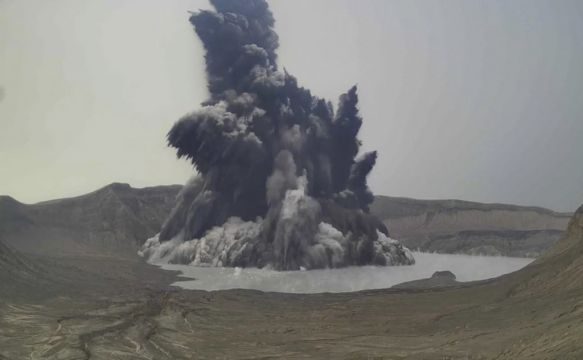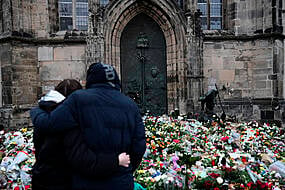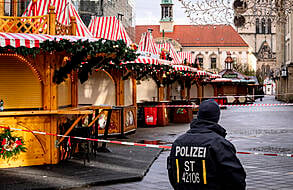Thousands of people are being evacuated from villages around a rumbling volcano near the Philippine capital as officials try to ensure emergency shelters will not turn into epicentres of Covid-19 infection.
The alert was raised to three on a five-level scale after the Taal Volcano near Manila blasted a dark grey plume into the sky on Thursday.
The five-minute steam- and gas-driven explosion was followed by four smaller emissions, but the volcano was generally calm on Friday, volcanologists said.

Level three means “magma is near or at the surface, and activity could lead to hazardous eruption in weeks,” according to the Philippine Institute of Volcanology and Seismology. Level five means a life-threatening eruption is occurring that could endanger communities.
The agency asked people to stay away from a small island in a scenic lake where Taal sits and is considered a permanent danger zone along with a number of nearby lakeside villages in Batangas province south of Manila.
An eruption of the 1,020ft Taal last year displaced hundreds of thousands of people and briefly closed Manila’s international airport. However, the volcano agency’s chief, Renato Solidum, said it was too early to know if the volcano’s current unrest will lead to a full-blown eruption.
The pre-emptive evacuations that began late on Thursday involved residents in five high-risk villages in the lakeside towns of Laurel and Agoncillo.
More than 14,000 people may have to be moved temporarily away from the volcano, said Mark Timbal, a spokesman for the government’s disaster-response agency.
Town officials, however, faced an extra predicament of ensuring emergency shelters – usually school buildings, basketball gymnasiums and even Roman Catholic church grounds – would not become coronavirus hotspots.
Displaced villagers were asked to wear face masks and were sheltered in tents set safely apart, requiring considerably more space than in pre-pandemic times.
Taal Volcano, filled by Taal Lake in the Philippines. Several violent + lethal past eruptions. These photos from 1911 when there were well over 1000 deaths. Eruption in January 2020, cancelling classes, work schedules, + flights ( including mine from Cebu-Manila ). pic.twitter.com/SnOVevtxxt
Advertisement— Alan Jackson (@AlanPath) June 25, 2021
In Laurel town, Imelda Reyes feared for her and her family’s safety in their home near the volcano and in the crowded grade school-turned-evacuation center where they took shelter Friday.
“If we stay home, the volcano can explode anytime,” Ms Reyes told The Associated Press. “But here, just one sick person can infect all of us. Both are dangerous choices.”
Most evacuation camps have set up isolation areas in case anyone began showing Covid-19 symptoms.
Disaster-response officer Junfrance De Villa of Agoncillo town said: “It’s doubly difficult now. Before, we just asked people to rush to the evacuation centers and squeeze themselves in as much as possible.
“Now, we have to keep a close eye on the numbers. We’re doing everything to avoid congestion.”
A nearby town safely away from the restive volcano could accommodate up to 12,000 displaced Agoncillo residents in pre-pandemic times but could only shelter half of that now.
A laidback town of more than 40,000 people, Agoncillo has reported more than 170 Covid-19 cases but only about a dozen remain ill. At least 11 residents have died, he said.







